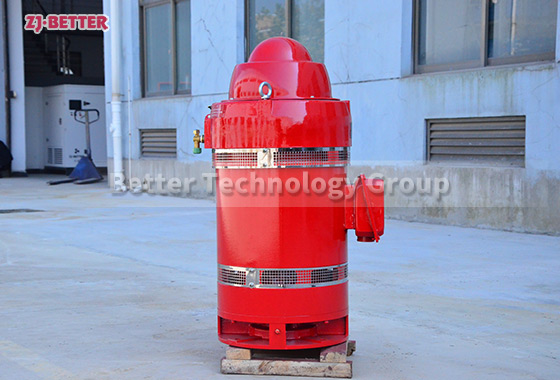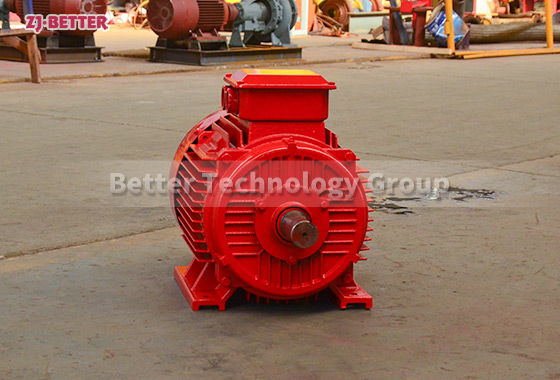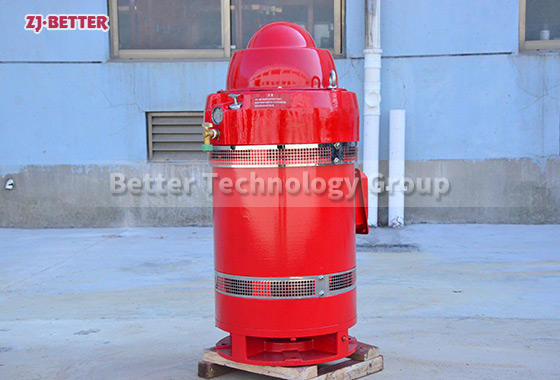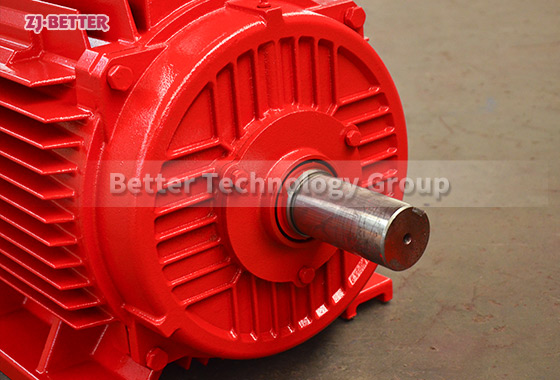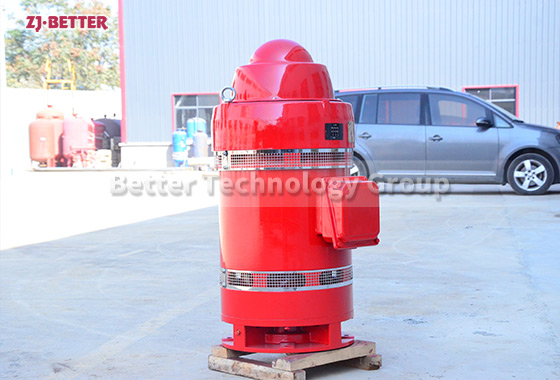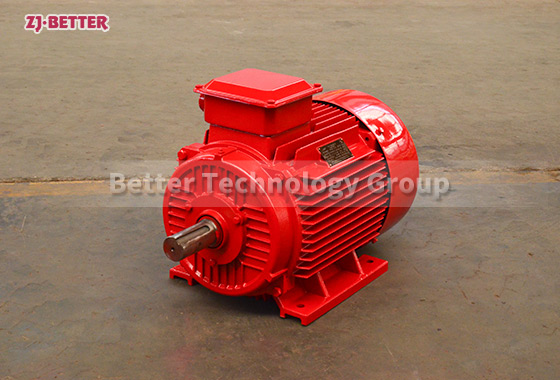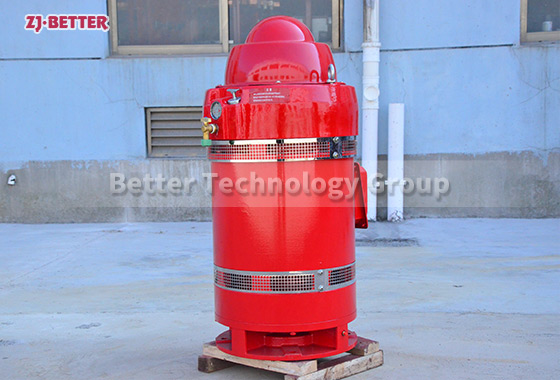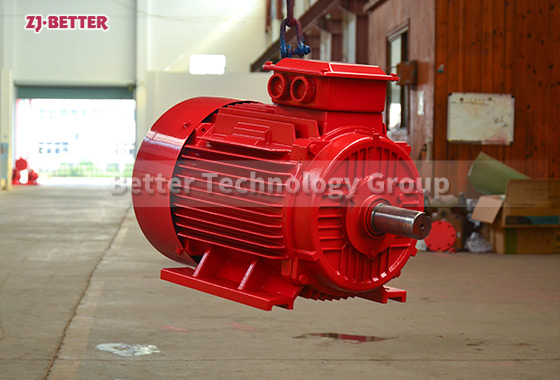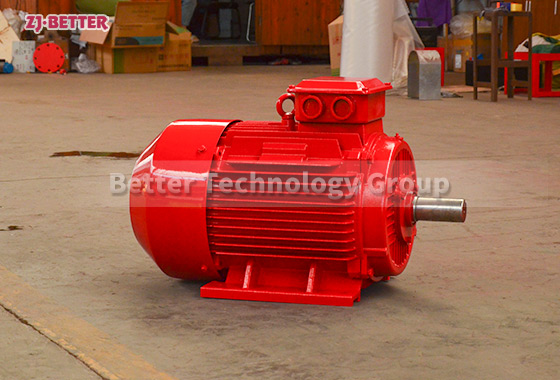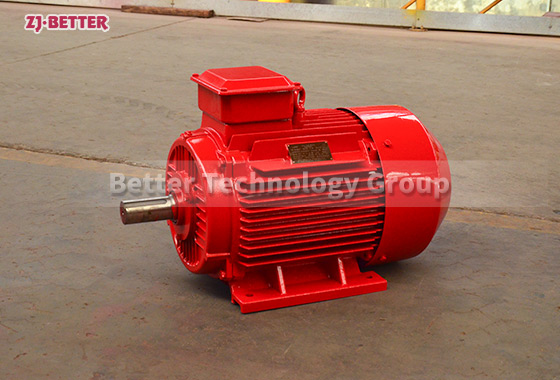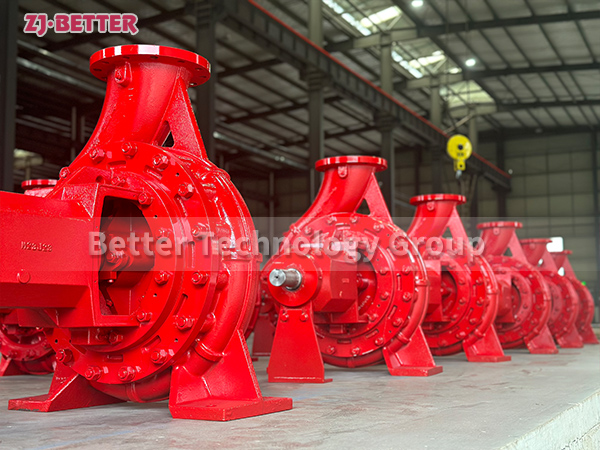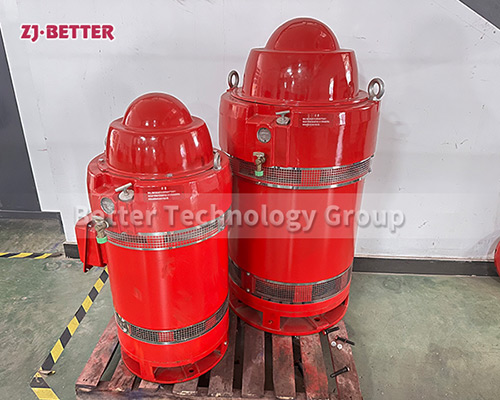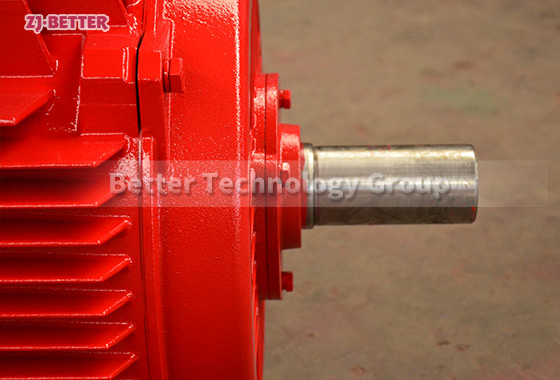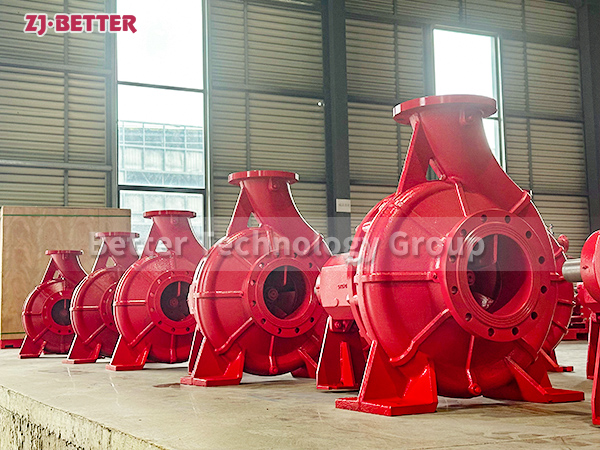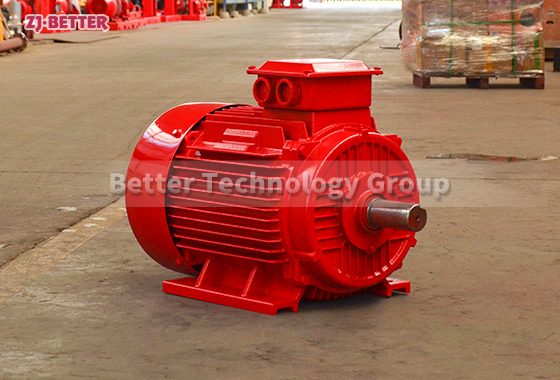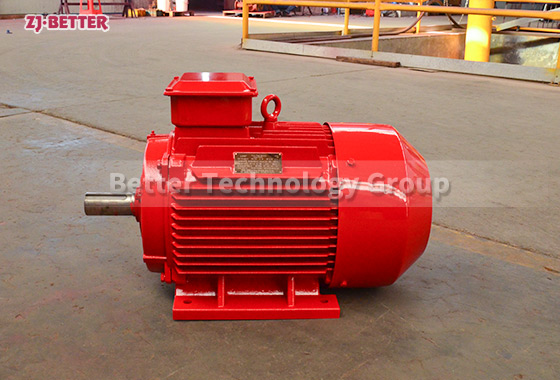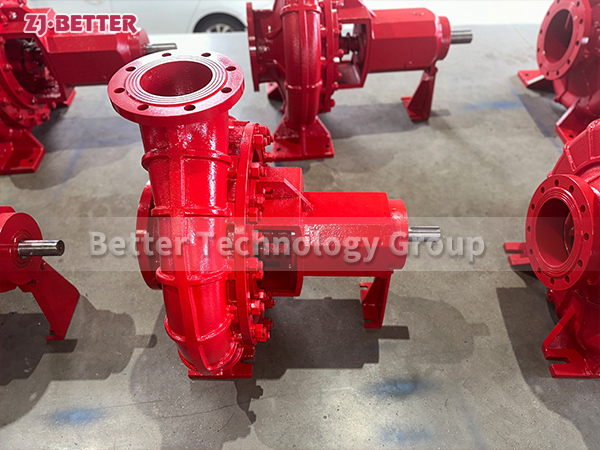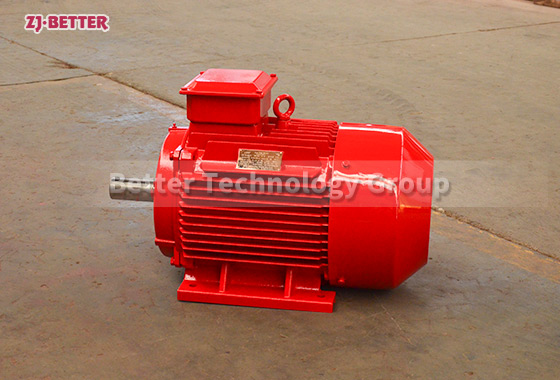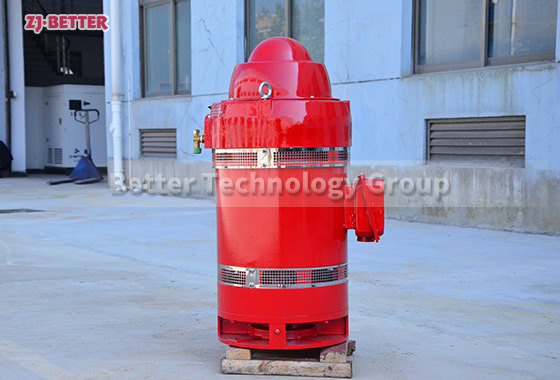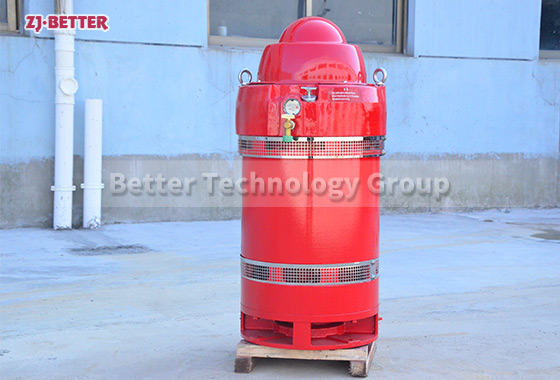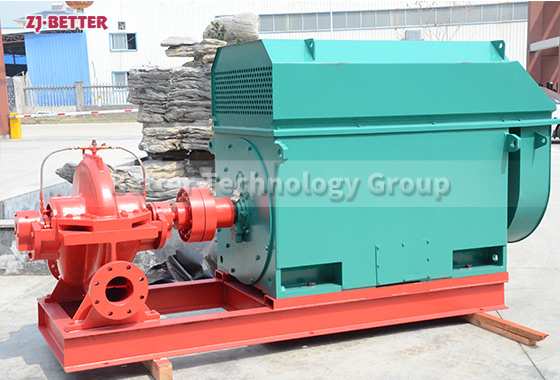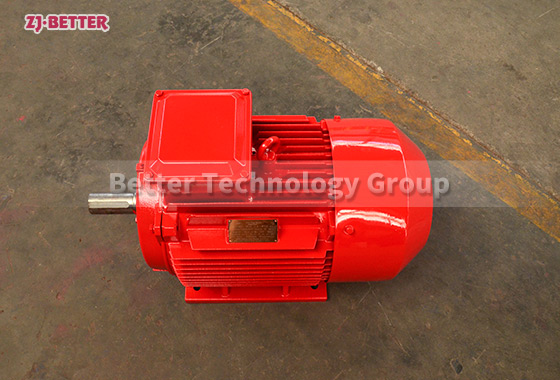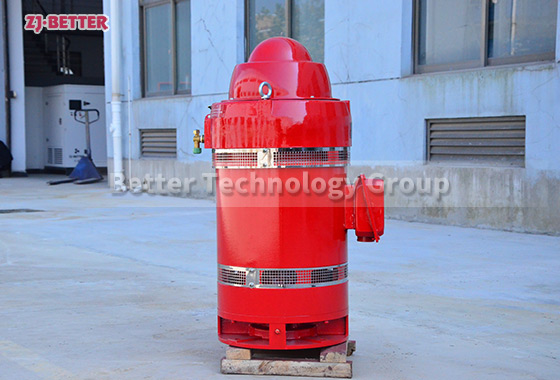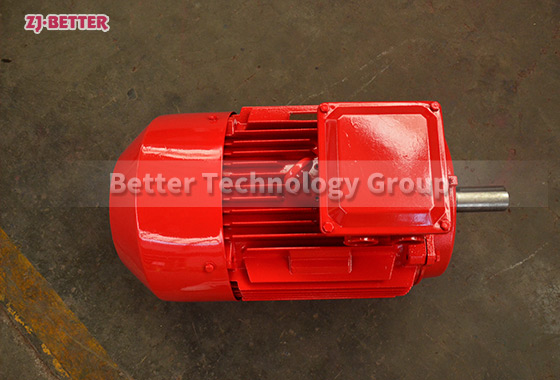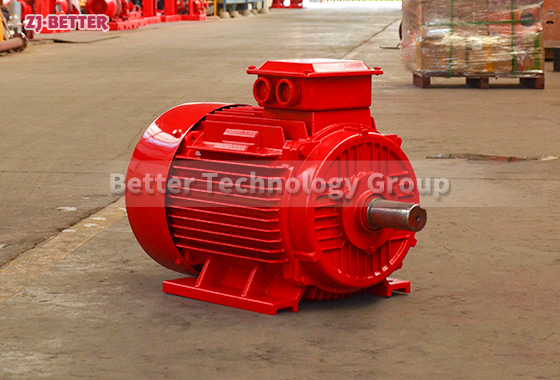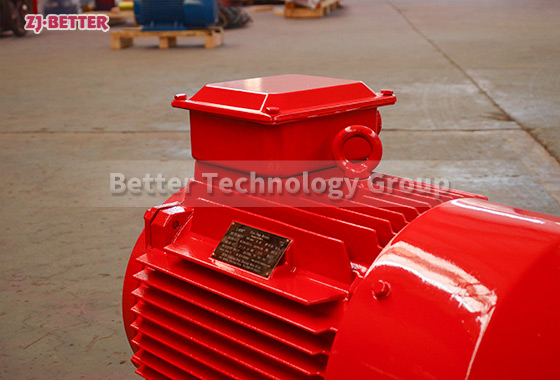Function of special motor for vertical fire pump
The function of a special motor for a vertical fire pump is to provide reliable and efficient power to drive the vertical fire pump in a fire protection system. This motor plays a critical role in ensuring that the fire pump can deliver water at the required flow rate and pressure to fire sprinklers, hydrants, or other fire suppression equipment during emergencies. Here are the main functions of a special motor for a vertical fire pump:
The function of a special motor for a vertical fire pump is to provide reliable and efficient power to drive the vertical fire pump in a fire protection system. This motor plays a critical role in ensuring that the fire pump can deliver water at the required flow rate and pressure to fire sprinklers, hydrants, or other fire suppression equipment during emergencies. Here are the main functions of a special motor for a vertical fire pump:
- Power Generation: The primary function of the motor is to generate mechanical power to drive the pump’s impeller. The impeller creates the necessary pressure and flow within the pump system to supply water to the fire protection network.
- Starting Torque: The motor provides the initial torque needed to overcome the resistance of the water column in the pump system when the pump is started. This is especially crucial for vertical pumps that need to lift water from lower sources to higher elevations.
- Maintaining Water Pressure: During a fire event, the fire pump motor ensures that the water pressure within the system remains sufficient to deliver water to the fire suppression equipment. Adequate pressure is essential to effectively combat fires and prevent their spread.
- Reliability During Emergencies: The motor is designed to operate reliably during emergencies when it’s most needed. It should be capable of starting quickly and running continuously, even in high-temperature and high-stress conditions.
- Efficiency: The motor should be efficient to minimize energy consumption and operational costs. Efficient motors contribute to the long-term sustainability of fire protection systems.
- Redundancy and Backup: In critical applications like fire protection, redundancy is often built into the design. Some fire pump systems have dual motors or backup power sources to ensure that the pump will continue to operate even if one motor fails.
- Monitoring and Control: Special motors for fire pumps may include monitoring and control features that allow remote monitoring of the motor’s condition. This helps identify potential issues before they cause motor failure and allows for timely maintenance.
- Certification and Compliance: The motor must meet industry standards and certifications specific to fire pump applications. These certifications ensure that the motor is designed and tested to perform reliably in emergency situations.
- Compatibility with Pump System: The motor’s specifications and characteristics must match the requirements of the vertical fire pump system, including the flow rate, pressure, and power requirements.
In summary, the special motor for a vertical fire pump serves as the power source that drives the pump’s operation during fire emergencies. Its design and features are tailored to ensure reliable and efficient performance, making it a critical component of fire protection systems in buildings and industrial facilities.

